Application of Leadership Theories: Trait vs. Behavioral Approach
VerifiedAdded on 2023/04/20
|9
|563
|356
Essay
AI Summary
This essay provides a comprehensive analysis of trait and behavioral theories of leadership, exploring their characteristics, applications, and benefits within organizational contexts. The trait theory focuses on identifying specific traits that differentiate leaders from non-leaders, such as intelligence, extroversion, and self-efficacy, and its role in mobilizing individuals towards organizational vision. The behavioral theory, on the other hand, emphasizes the skills and styles exhibited by successful leaders, evaluating patterns and incorporating the impact of rewards and punishments on behavior. The essay further discusses the application of these theories in personal leadership contexts, highlighting how trait theory aids in differentiating leaders and focusing on key attributes, while behavioral theory helps in focusing on leader behavior and achieving quick results through practical application. The benefits of both theories are outlined, with trait theory providing a benchmark for identifying leaders and behavioral theory supporting the idea that leadership can be learned through development and experience. The essay concludes with a list of references used to support the analysis.
1 out of 9
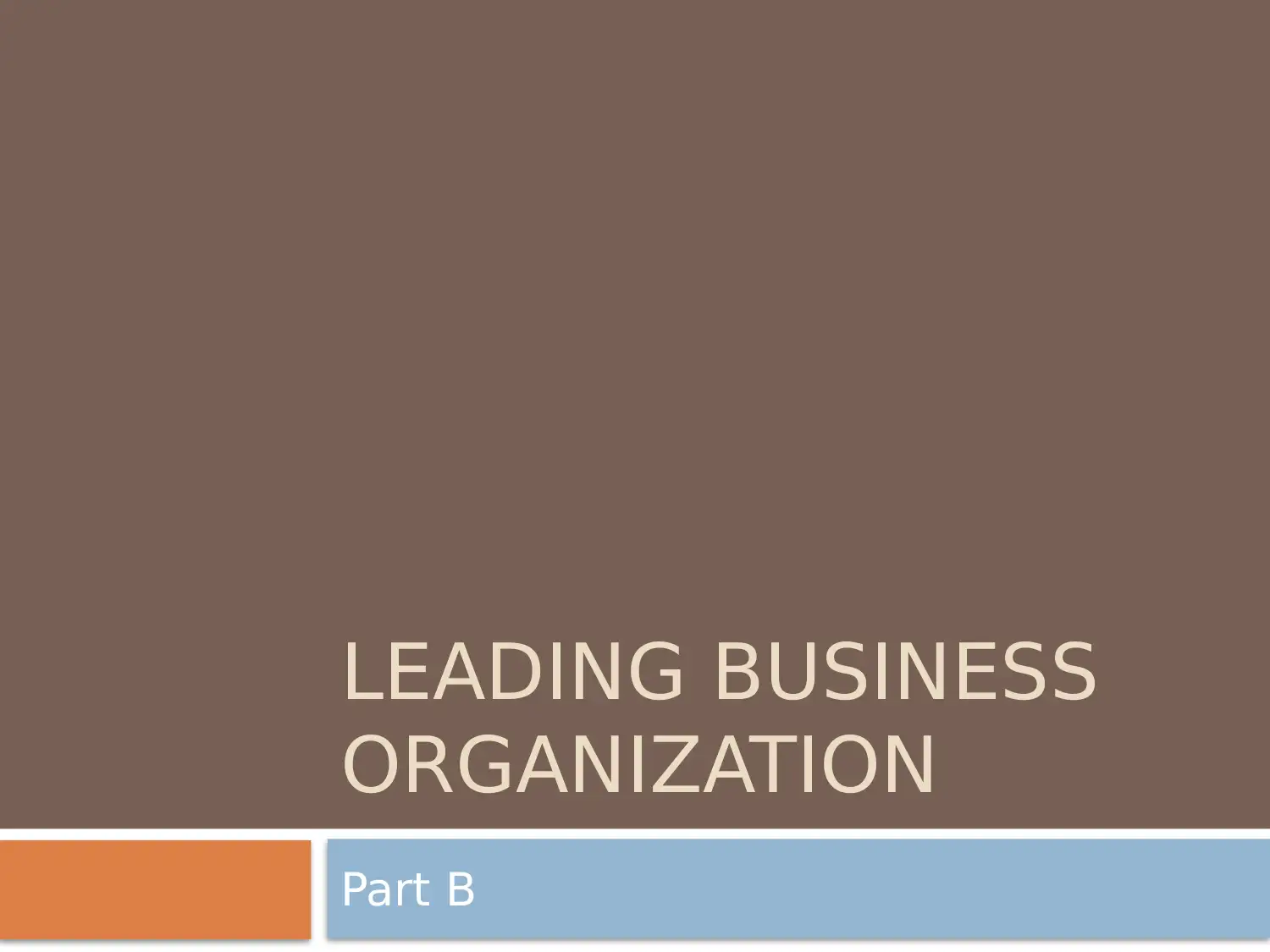
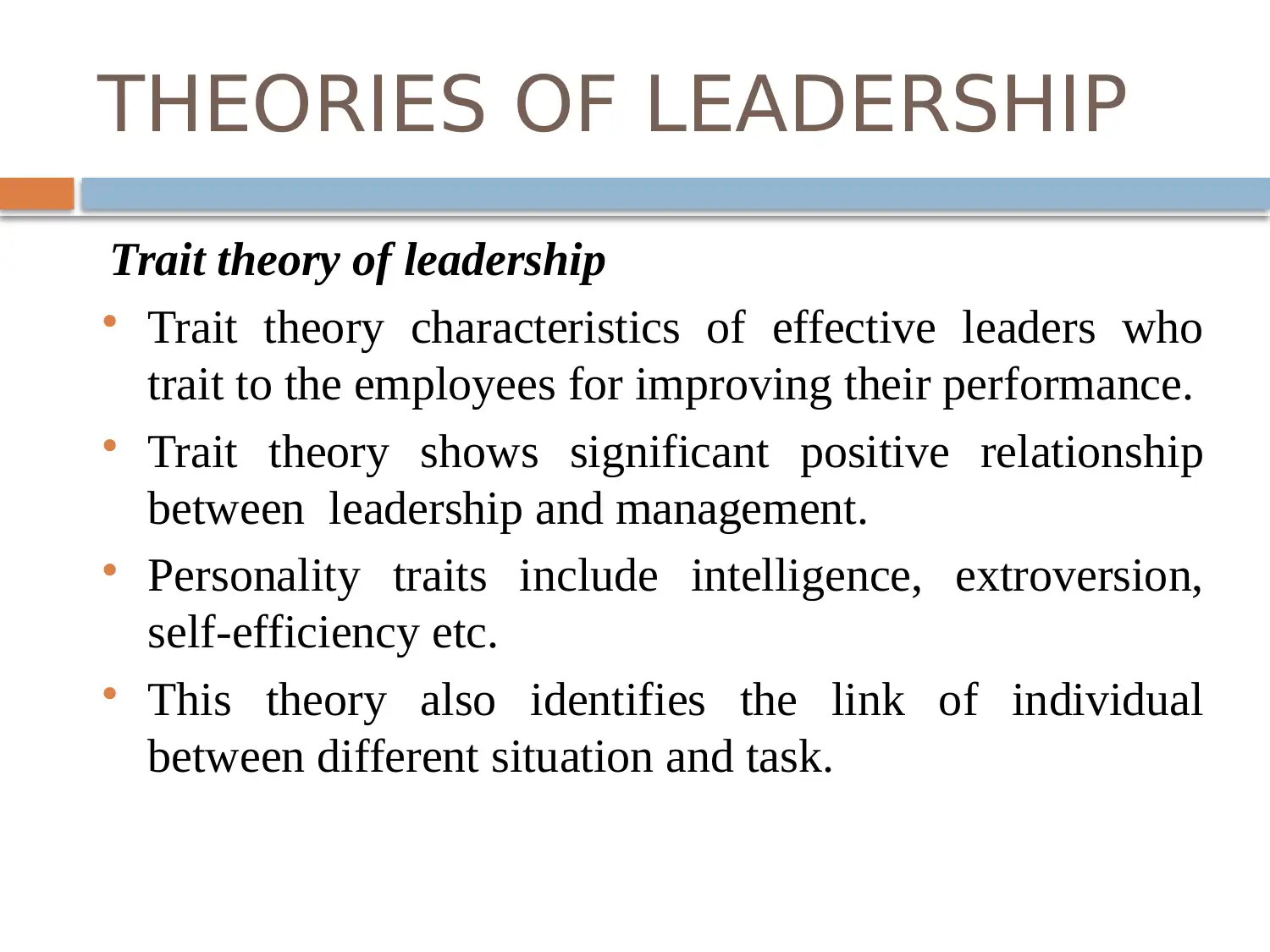
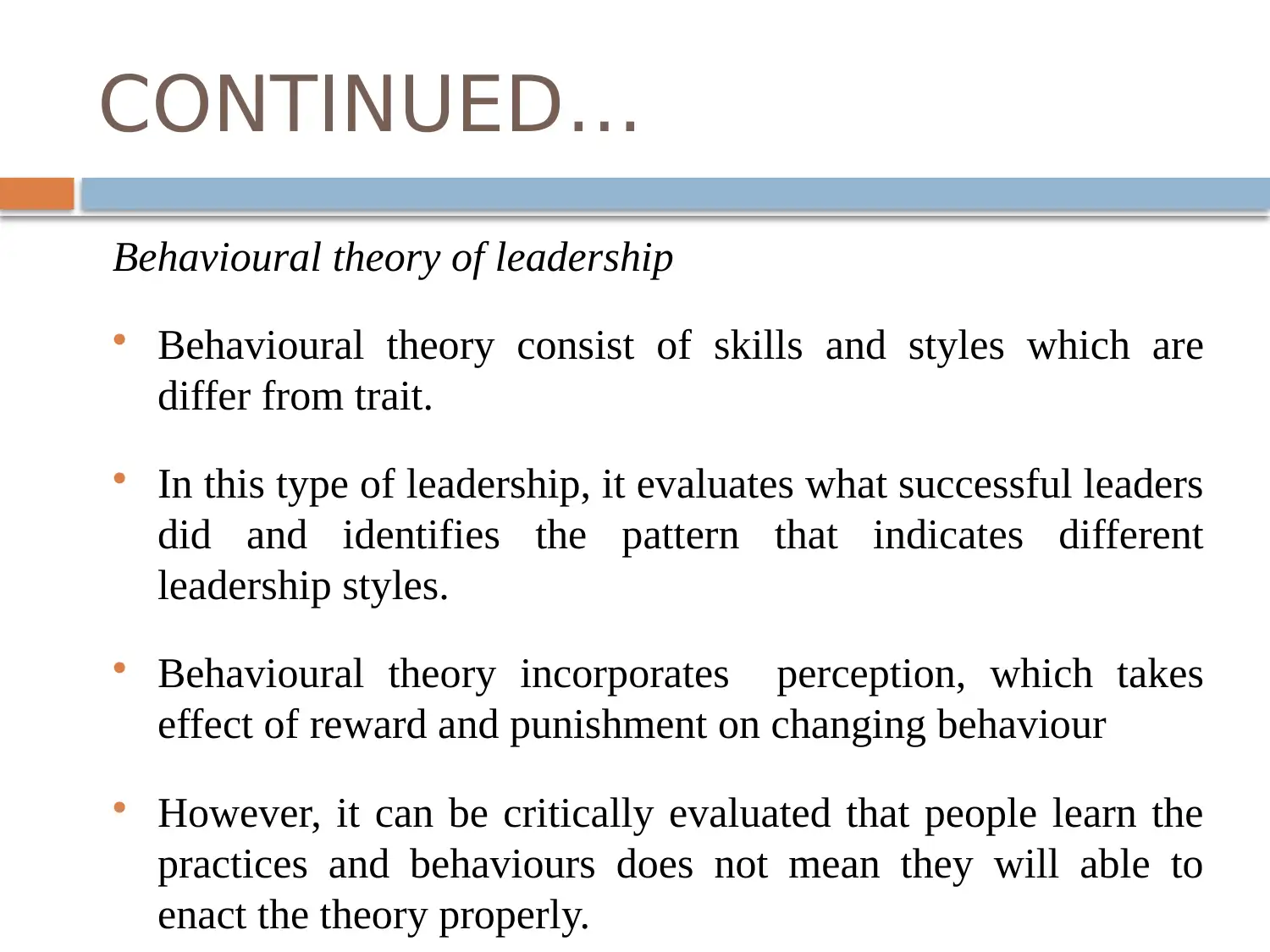

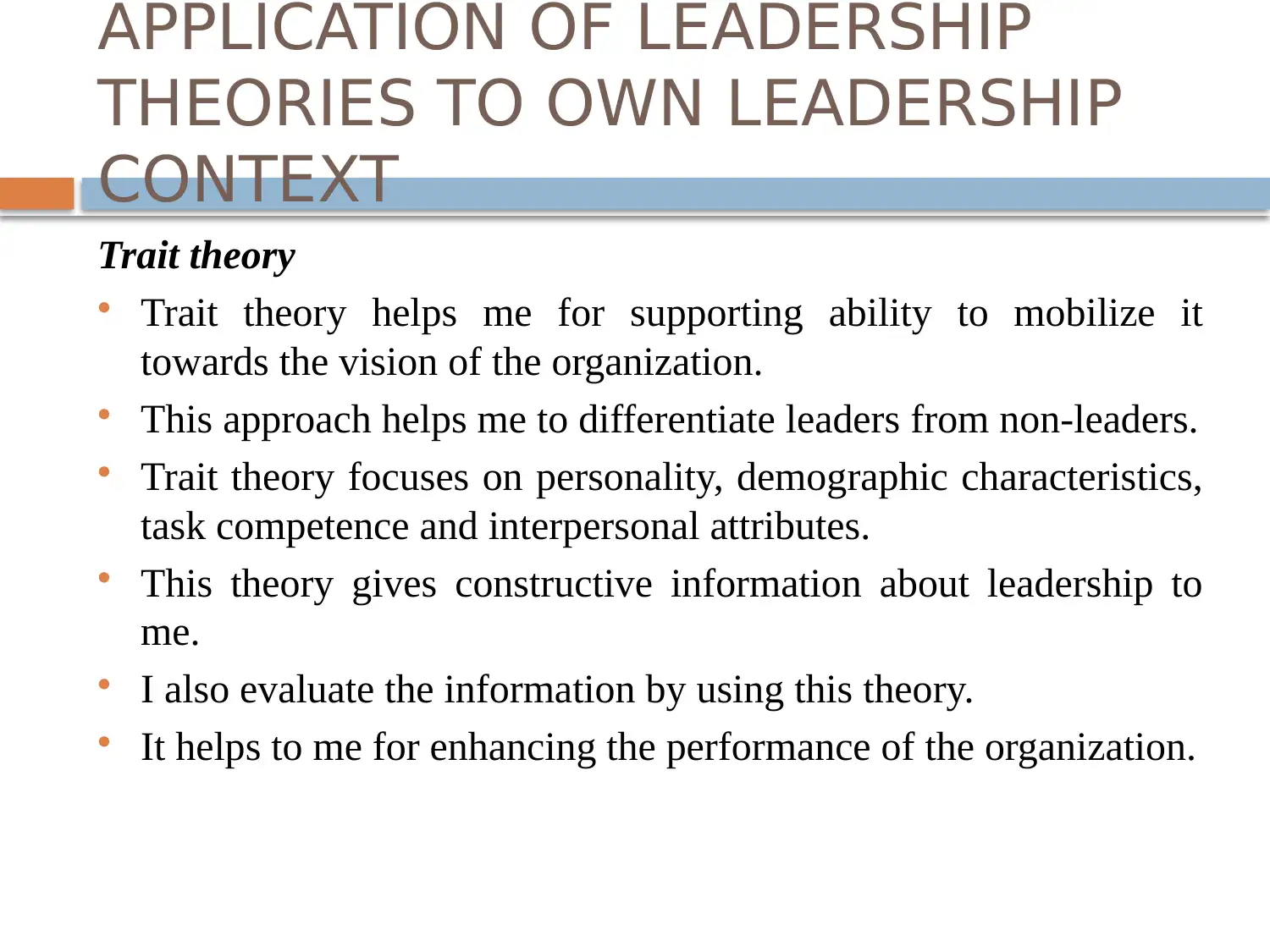
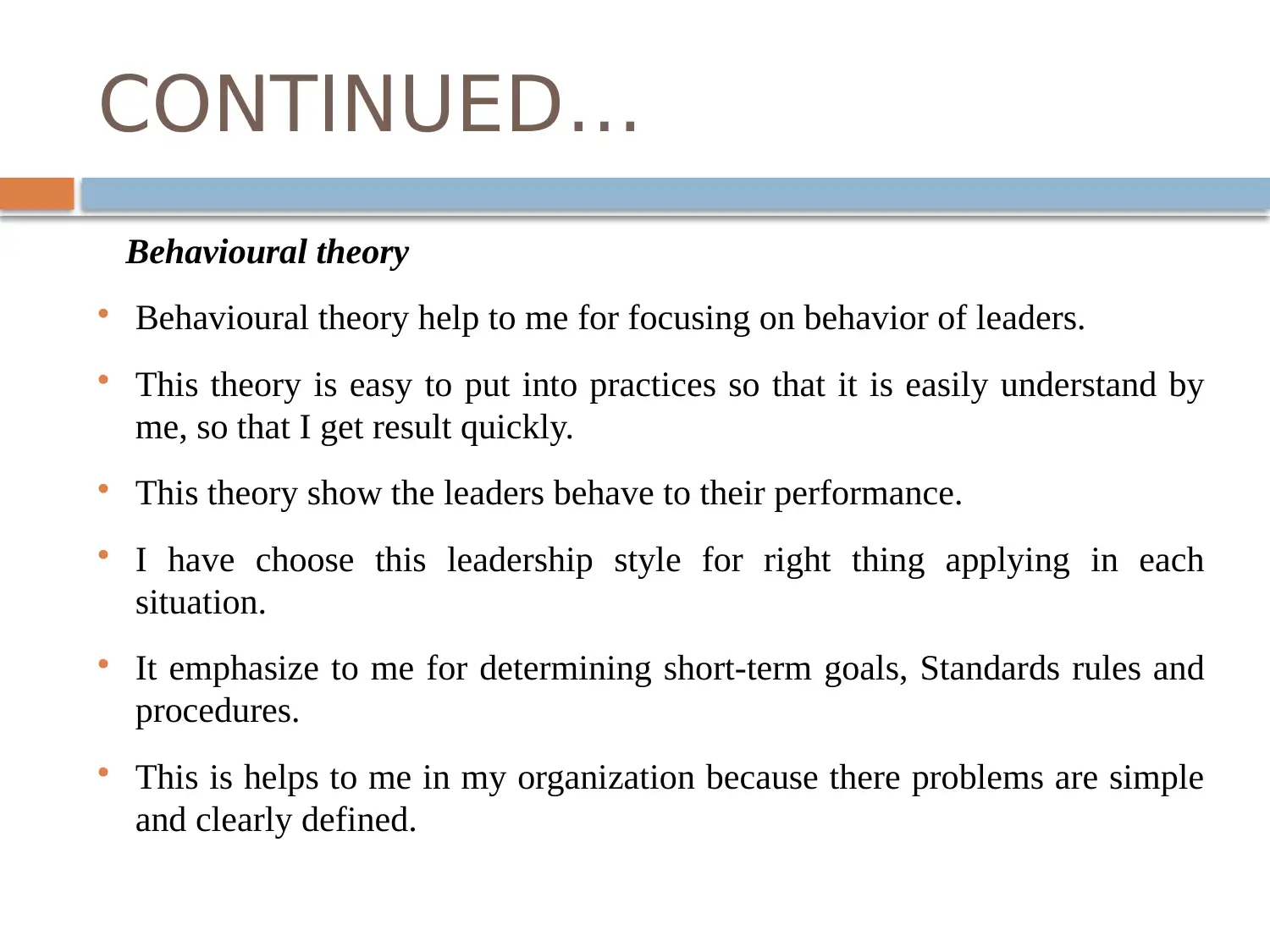
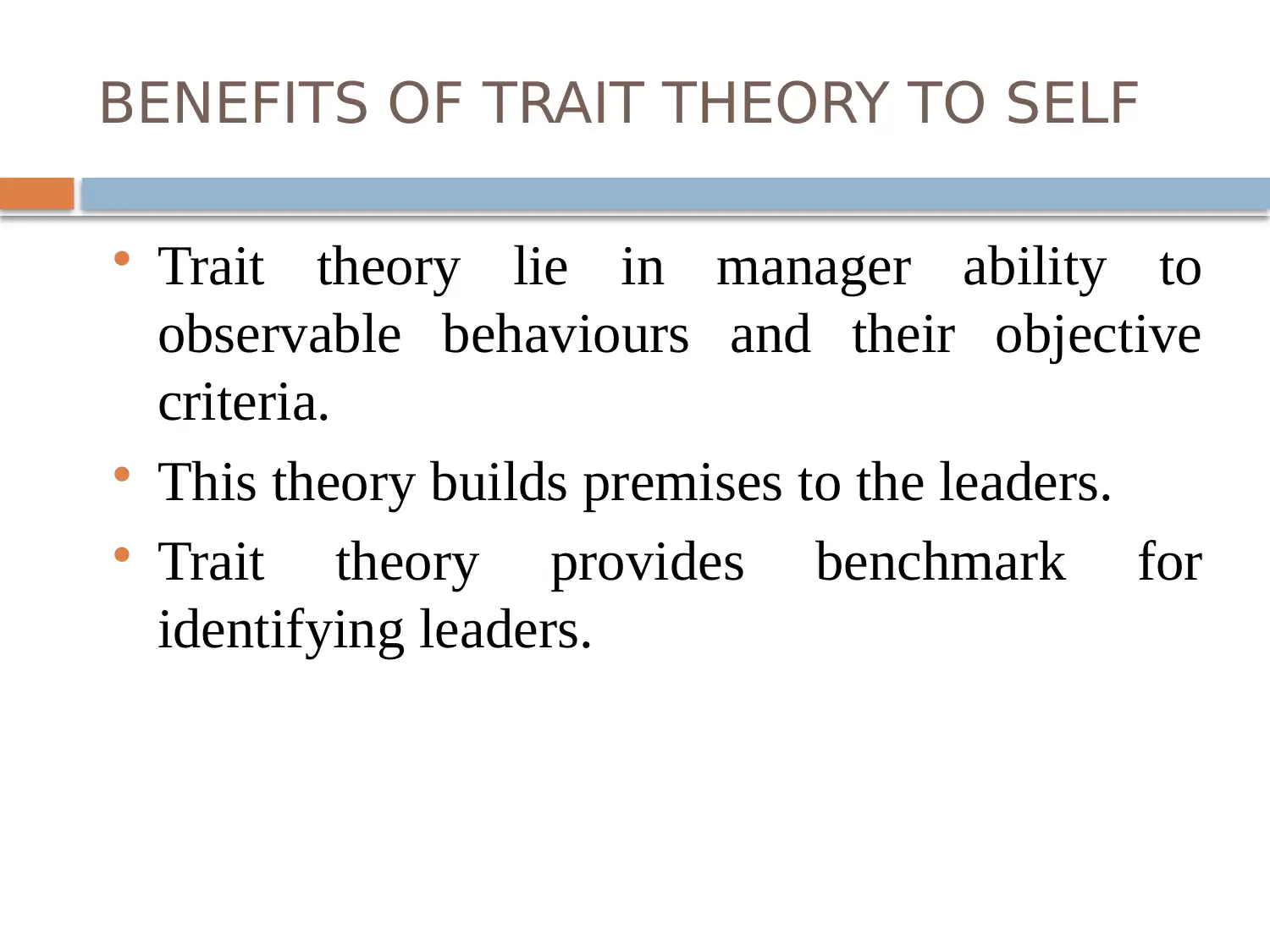
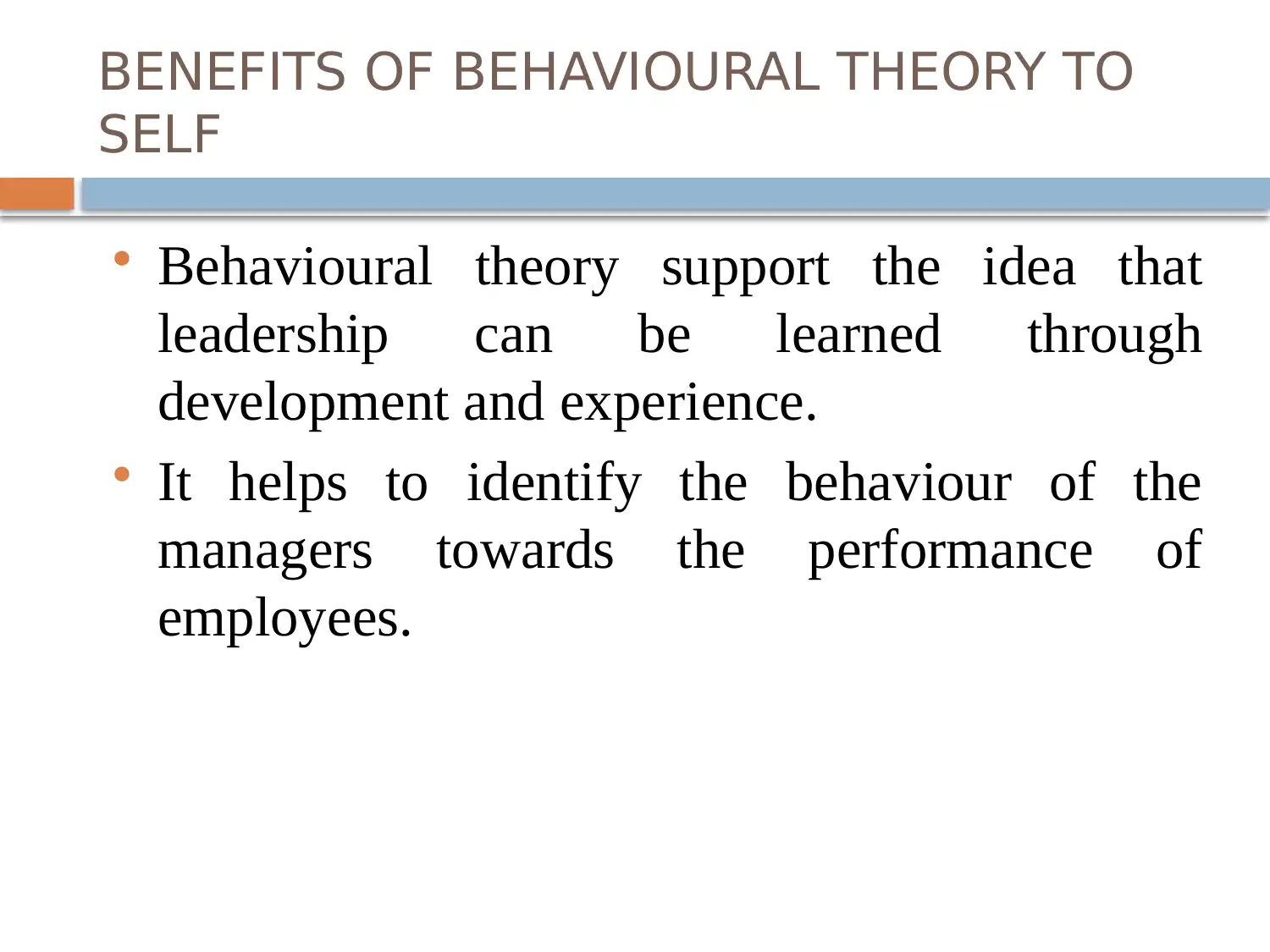
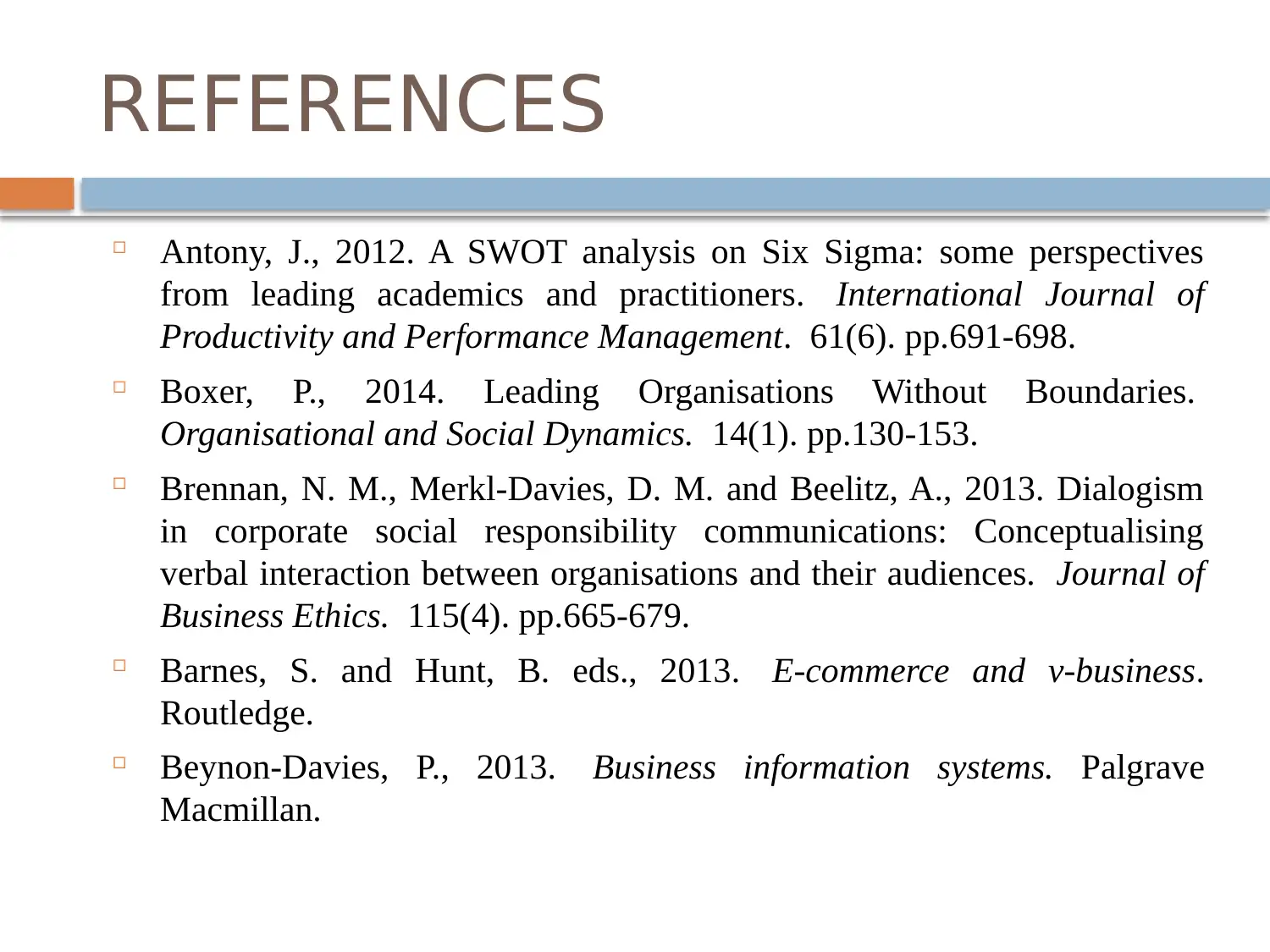





![[object Object]](/_next/static/media/star-bottom.7253800d.svg)